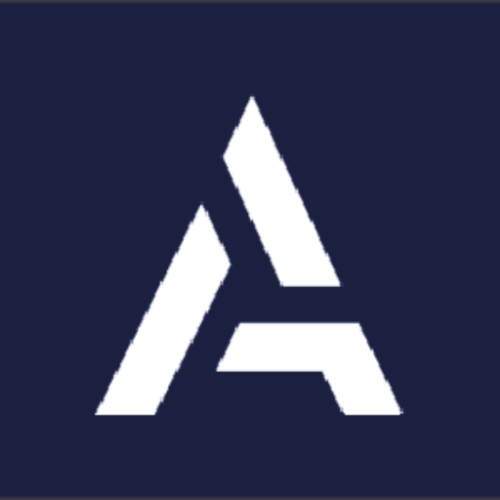“I need some fresh air!” – Who does not know and need that? After all, we spend most of the day indoors, provided you are not one of the few people who earn their money as a gardener, forester or Alm-Öhi. But the demand for a healthy living climate and good air quality can also be met within the four walls. Because nature can no longer only be enjoyed on your doorstep, it can also become the main part of your home. Read about ecological building materials here.
the essentials in brief
- When selecting ecological building materials, pay attention to their entire processing or to quality seals such as “ToxProof” and “natureplus”.
- Natural building materials promote a healthy living climate and thus not only contribute to a responsible approach to the environment, but also directly to your health.
- The use of natural building materials is diverse. Whether wood , clay, natural stone, sheep’s wool or hemp – organic building materials impress with their excellent properties in terms of insulation, moisture regulation and the CO2 balance.
What are actually ecological building materials ?
Anyone who wants to build ecologically cannot avoid thinking about environmentally friendly building materials. Natural building materials or bio building materials are naturally occurring materials of plant, animal or mineral origin that are free of toxins and other harmful pollutants. The processing of ecological building materials must also be as gentle as possible in order not to reduce their quality, for example through the use of toxic solvents. As with the term “eco-house” , there is no legal definition of ecological building materials, which is why caution is required when choosing. Because one thing is certain: you can earn a lot of money with designations such as “environmentally friendly”, “eco”, “organic” and “free of harmful substances”. Anyone who takes up the cause of using natural building materials should be able to give you more detailed information about how environmentally friendly the materials really are, where they come from and, above all, how they were processed. In addition, seals of quality can point the way. “ToxProof” and “natureplus” are two of the few seals that evaluate the entire processing of ecological building materials.
Why natural building material instead of classic materials?
But why should the builder opt for environmentally friendly ecological building materials at all? We now produce millions of tons of construction waste and contaminated sites every year that cannot be recycled and the disposal of which causes us serious problems. On the one hand, this puts a strain on the environment and, on the other hand, demonstrates the ruthless use of the resources available to us. However, it is not only our ecological balance that suffers health damage. As a resident of the house, you can also become ill. Many are, unbeknownst to you, exposed to harmful substances in their own homes that can cause headaches, fatigue or even allergies. The range of possible indoor toxins is large, but the natural alternatives that you can choose from are just as varied.
Why natural building material instead of classic materials?
Whether wood , clay, coconut fibre, wool, straw or hemp for the outer walls, insulation, wall paneling or roof: there is a natural building material option for almost every part of your house. Probably the best-known ecological building material is wood. This organic building material not only has excellent insulating properties, but can also boast a positive CO2 balance. Half-timbered houses, primarily made of straw and clay, are also enjoying increasing popularity. Thanks to its very good properties as a moisture regulator and pollutant absorber, clay ensures a healthy indoor climate. Natural lime also has a positive influence on the room climate. It serves as heat storage and sound insulation, is available everywhere and is also inexpensive.
Wool and hemp are now increasingly being used as natural insulating materials. The environmentally friendly, renewable raw materials are available in almost unlimited quantities and can also score with low energy consumption in production.
Builders can even use ecological paints for the wall paint. Various natural colors are available based on linseed, soya or sunflower oil as well as natural resins. Compared to artificially produced paints, these also have the advantage that, due to their smaller molecular size, they can penetrate deeper into the building material and thus protect it better.
Contrary to widespread fears, the use of environmentally friendly building materials is not necessarily more expensive. The investments, which are sometimes higher at the beginning, often pay for themselves after a few years. Above all, thanks to the very good insulating properties that wood, wool and co. have to offer, you save on energy costs in the long term. And last but not least, your health will thank you for the improved air quality in your own home thanks to nature.




